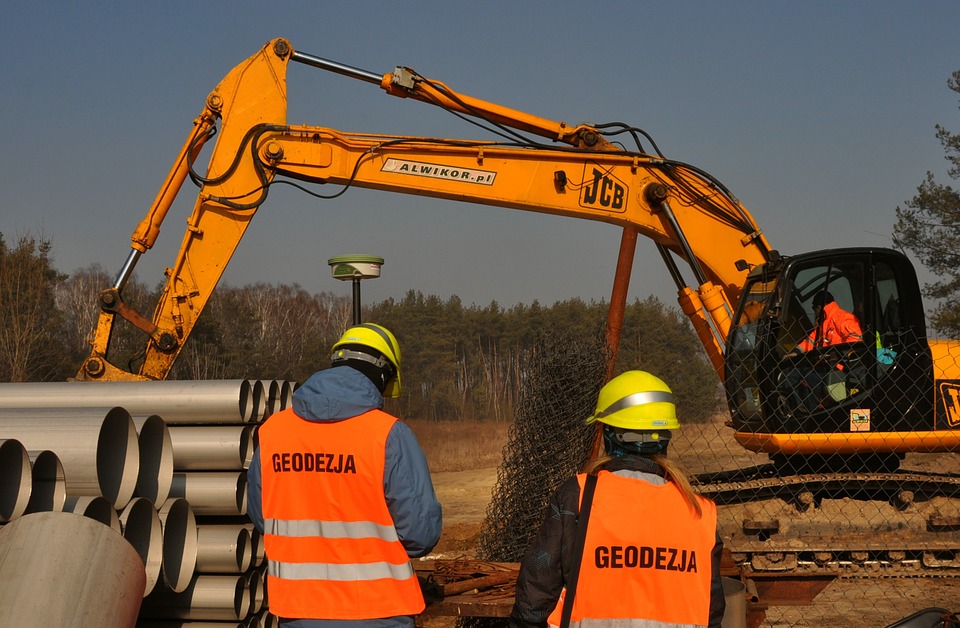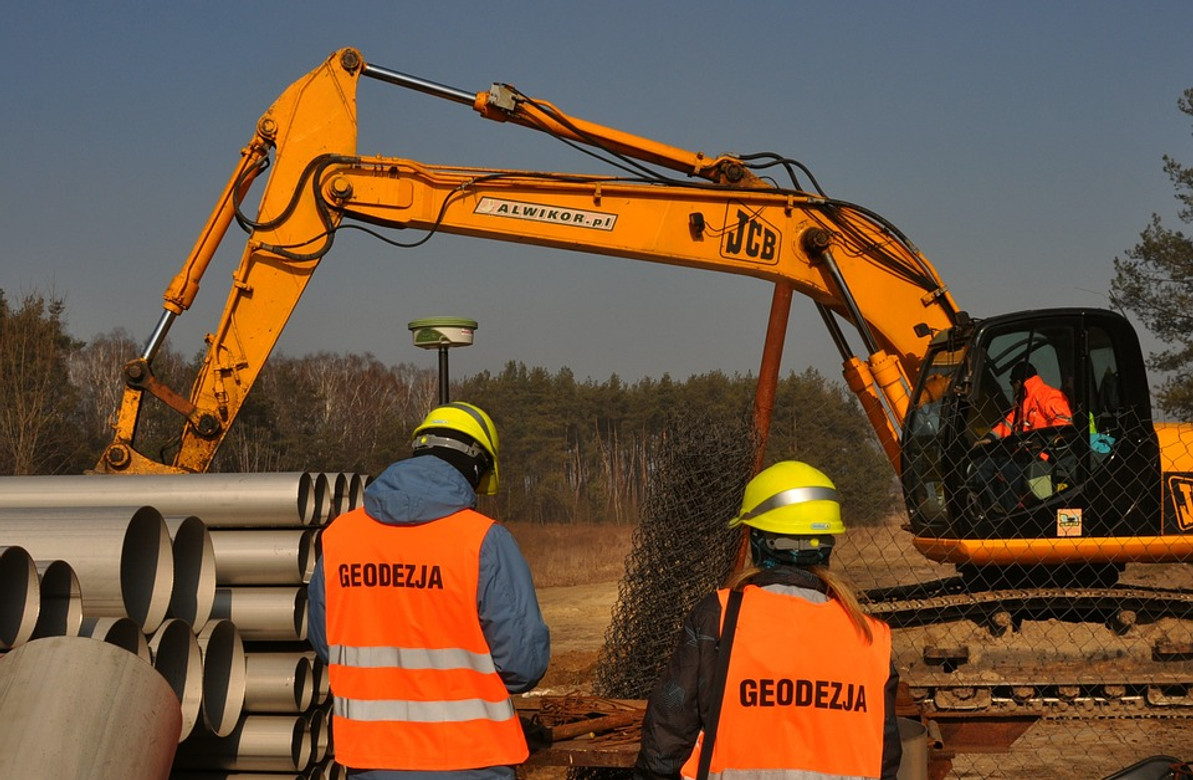Safety Tips to Follow When Working Around Heavy Equipment

Whether it's a tractor, bulldozer, forklift, excavator, paver, milling machine, etc., working around heavy equipment adds a new level of danger to workers. Statistics show that approximately 75% of all "struck by" and "run over" fatalities in the construction industry involve the use of heavy equipment. But heavy equipment is essential for many industrial and construction applications. So, what steps can you take to reduce the risk of injury?
Inspect Equipment Prior to Use
Workers should get into the habit of inspecting heavy equipment prior to using it. This means checking the lights, turning signals (if applicable), fluid levels, and horn. If any of these functions are broken or otherwise not functioning as intended, avoid using the equipment until it has been fixed.
Three-Point Mounting and Dismounting
When mounting and dismounting, workers should follow a three-point movement in which they step on the side of the equipment. Dismounting off a tractor simply by "jumping" from the seat is a serious hazard that will only increase the risk of injury. Following a three-point mounting and dismounting, however, will reduce the risk of injury while improving efficiency in the process.
Use Hand Signals
Of course, workers should also learn to use the appropriate hand signals when operating and/or working around heavy equipment. Placing your arm horizontally to your right side, for instance, indicates a swing left, whereas placing your arm horizontally to your left side indicates a swing right. Employers should place a visual representation of the different hand signals and their respective meanings on the job site.
Create a 'Danger Zone'
What is a danger zone and why you should create one? A danger zone is essentially the area surrounding heavy equipment that other workers and personnel should avoid. If someone enters the danger zone while you are operating heavy equipment, stop and ask them to move.
Spotter
In some cases, a spotter may be used to assist the operator of heavy equipment. If the operator's vision is blocked or obstructed, for instance, a spotter may be used to help guide him or her. If you cannot see what's in front of you, ask another worker to spot you.
These are just a few tips to help keep you safe when operating heavy equipment and machinery.
Recent Posts
-
Fire Safety in the Workplace: What You Need to Know
What steps are you taking to prevent fires in your workplace? According to the U.S. Occupational Saf …Aug 23rd 2023 -
Is It Safe to Go Jogging With a Cold Infection?
If you're suffering from a cold infection, you might be wondering whether it's safe to go jogging. T …Aug 22nd 2023 -
5 Safety Tips to Follow When Using a Powder-Actuated Tool
Powder-actuated tools are commonly used to join materials to steel and concrete. Also known as Hilti …Aug 20th 2023




